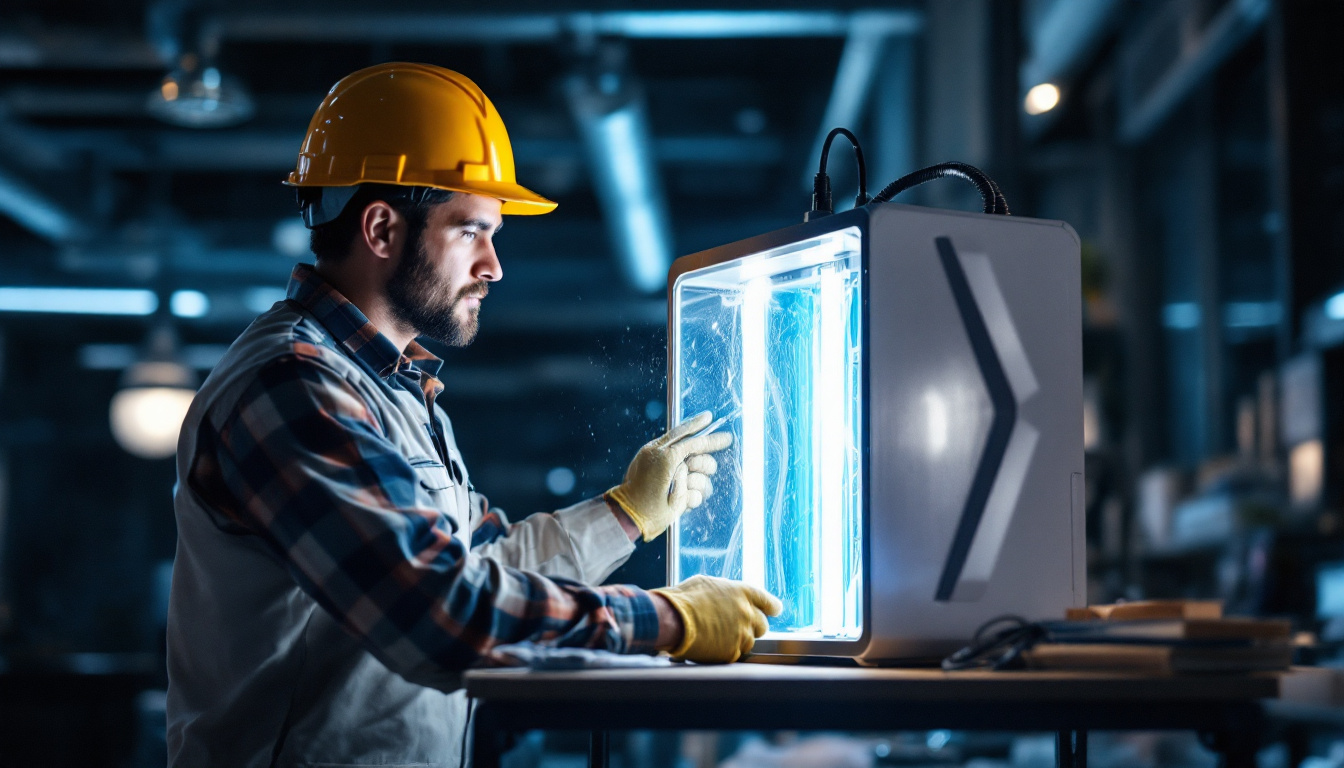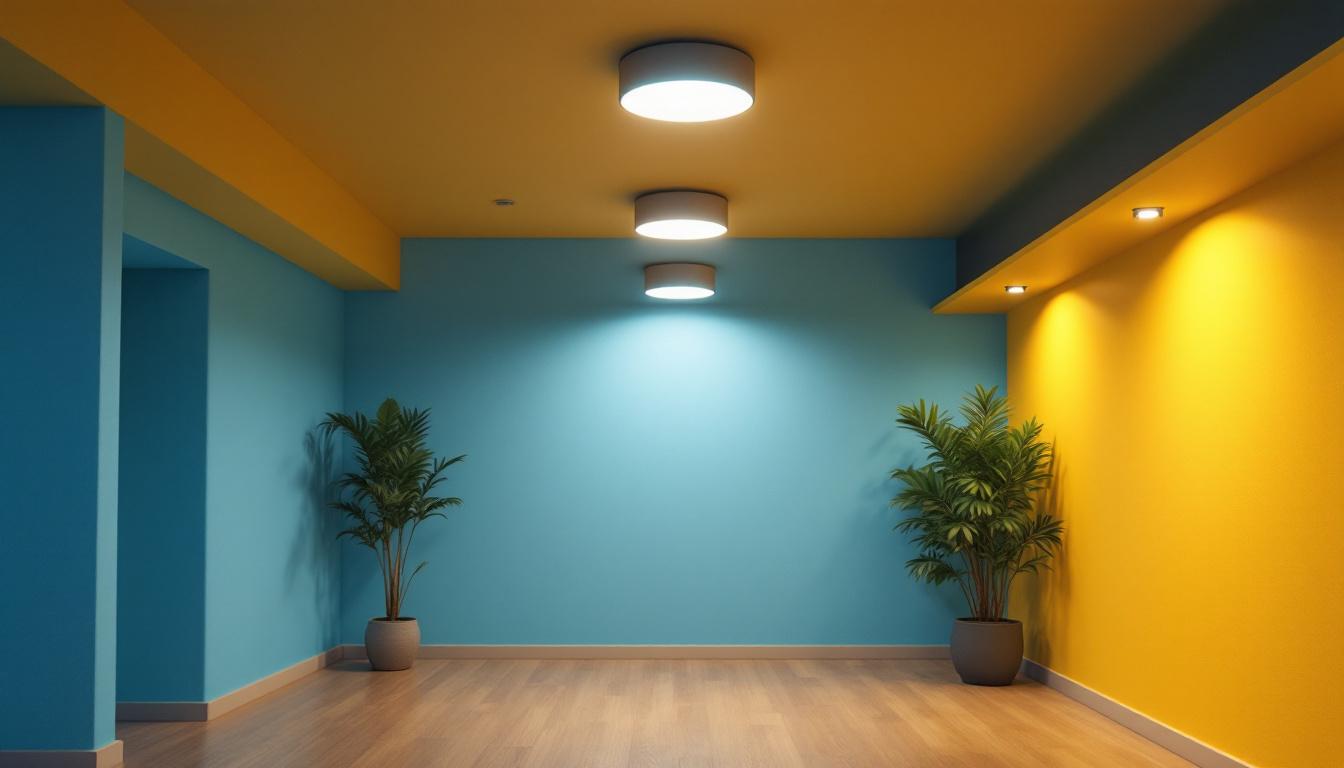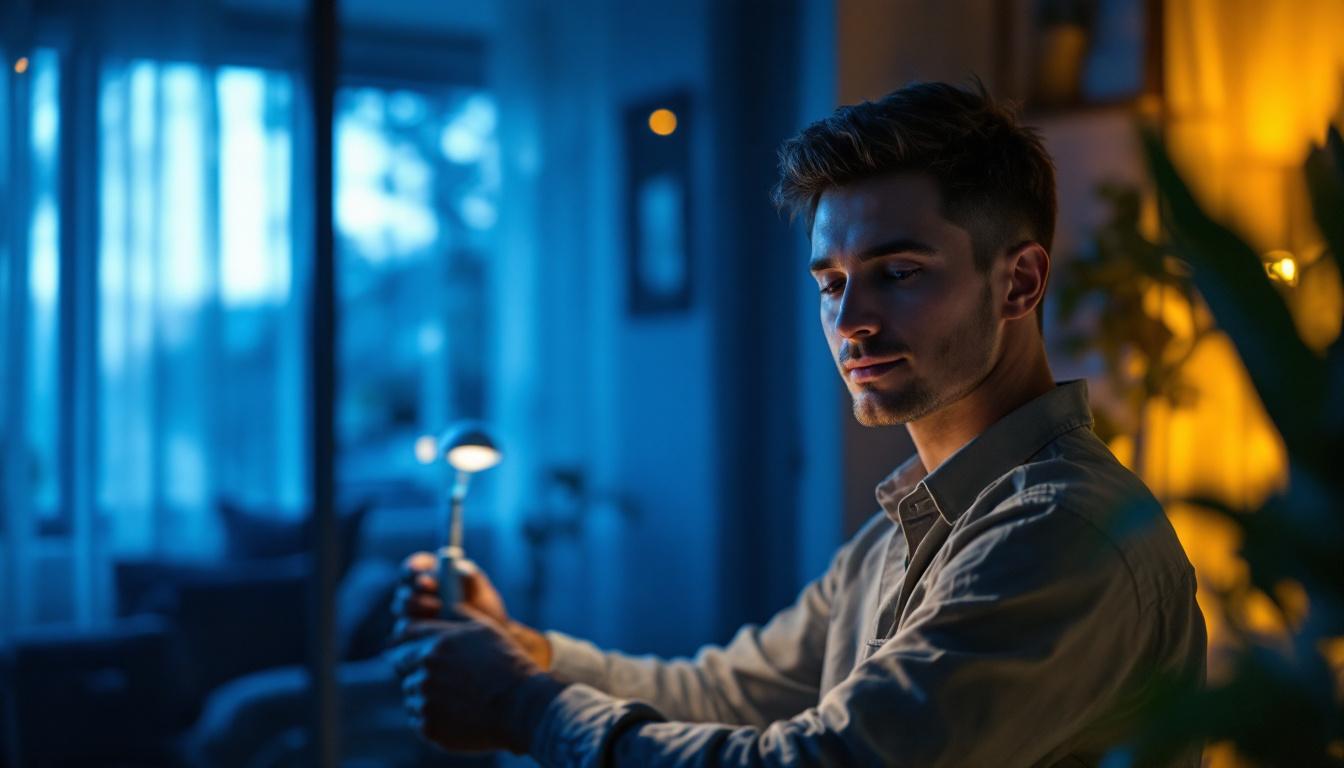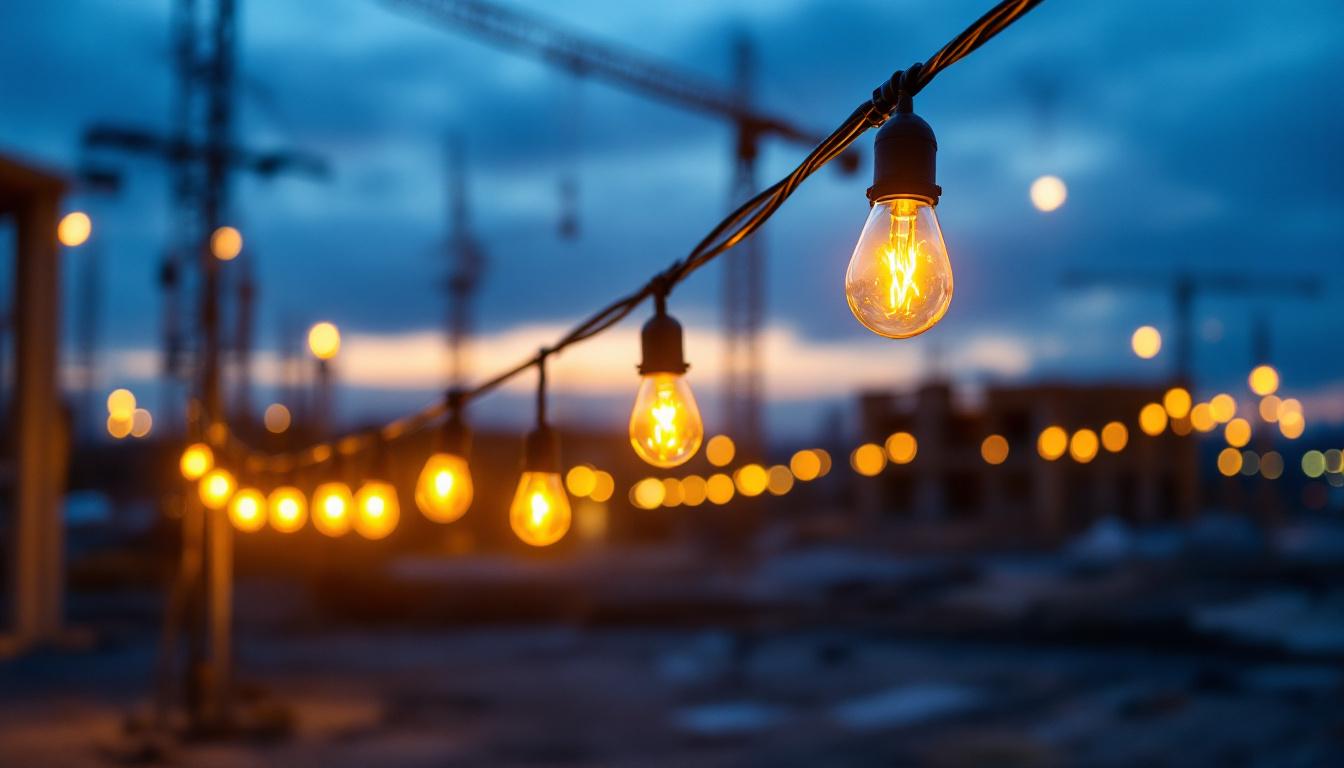
As the demand for UV sanitizers continues to grow, lighting contractors are increasingly integrating these technologies into their offerings. However, many contractors make common mistakes that can lead to inefficiencies, safety concerns, and ultimately, dissatisfied clients. Understanding these pitfalls is crucial for contractors who want to provide effective and safe UV sanitization solutions.
Before delving into common mistakes, it is essential for lighting contractors to grasp the fundamentals of UV technology. UV sanitizers utilize ultraviolet light to eliminate pathogens, including bacteria and viruses, from surfaces and air. This technology has gained traction due to its effectiveness and the growing awareness of hygiene in various settings. The rise of infectious diseases and the emphasis on cleanliness in public spaces have further propelled the adoption of UV technology, making it a vital tool in the fight against germs.
UV light is divided into three categories: UVA, UVB, and UVC. UVC light, typically ranging from 200 to 280 nanometers, is the most effective for disinfection purposes. It works by damaging the DNA or RNA of microorganisms, rendering them inactive and unable to reproduce. Understanding this science is crucial for contractors to effectively communicate the benefits and limitations of UV sanitizers to clients. Additionally, it is important to note that while UV technology is highly effective, it does not replace traditional cleaning methods. Instead, it should be viewed as a complementary approach that enhances overall sanitation protocols.
UV sanitizers can be employed in a variety of environments, including healthcare facilities, schools, restaurants, and residential spaces. Each application may require a different approach in terms of installation and usage. For instance, a hospital setting may necessitate more powerful UV units compared to a small office, highlighting the importance of tailoring solutions to specific client needs. Moreover, the integration of UV technology in HVAC systems has become increasingly popular, as it helps to purify the air circulating within buildings, reducing the risk of airborne illnesses. This application not only improves indoor air quality but also contributes to a healthier environment for occupants.
In educational institutions, UV sanitizers can be strategically placed in high-traffic areas such as hallways and cafeterias, where the likelihood of germ transmission is heightened. Schools are particularly vigilant about maintaining a clean environment, as children are more susceptible to infections. Implementing UV technology in these settings not only reassures parents and staff but also fosters a culture of health and safety among students. Furthermore, as businesses look to reopen and restore public confidence post-pandemic, the visible use of UV sanitization can serve as a powerful marketing tool, showcasing a commitment to cleanliness and customer safety.
Despite the potential benefits of UV sanitizers, many lighting contractors fall into common traps that can compromise the effectiveness of their installations. Recognizing these mistakes is the first step toward delivering successful UV sanitization solutions.
One of the most significant errors contractors make is failing to conduct a thorough site assessment before installation. Each environment poses unique challenges and requirements that must be addressed to ensure optimal performance of UV sanitizers. Without a proper assessment, contractors may overlook critical factors such as room size, airflow patterns, and existing lighting conditions.
For example, a poorly lit area may require additional UV units to achieve the desired sanitization level. Conversely, in spaces with high foot traffic, the placement of UV lights needs to be strategic to avoid interference with daily activities. A comprehensive site assessment helps contractors make informed decisions, ensuring that the UV system is effective and safe.
Each UV sanitizer comes with specific manufacturer guidelines regarding installation, usage, and maintenance. Ignoring these guidelines can lead to improper installation, reduced efficiency, and potential safety hazards. Contractors should take the time to familiarize themselves with these instructions to ensure that they are maximizing the benefits of the technology.
Additionally, understanding the recommended maintenance schedules and procedures is vital. Regular maintenance not only prolongs the lifespan of the equipment but also ensures that it operates at peak efficiency. Neglecting these aspects can result in diminished performance and increased costs over time.
Safety is paramount when working with UV sanitizers. Contractors often underestimate the risks associated with UV exposure, both for themselves and for clients. UVC light can cause skin burns and eye injuries if proper precautions are not taken. It is essential for contractors to implement safety measures, such as using protective gear and ensuring that UV lights are installed in areas where exposure is minimized.
Moreover, educating clients about the safety measures in place is crucial. Clients should be informed about the potential risks and the precautions that have been implemented to mitigate them. This transparency builds trust and confidence in the contractor’s expertise.
Proper installation is critical to the effectiveness of UV sanitizers. Mistakes during this phase can lead to subpar performance and client dissatisfaction. Here are some common installation errors that contractors should be aware of.
The placement of UV sanitizers is crucial for achieving optimal disinfection results. Contractors often make the mistake of installing units in locations that do not allow for adequate coverage. For example, placing a UV light too close to walls or other obstructions can result in shadowing, where certain areas do not receive sufficient UV exposure.
To avoid this mistake, contractors should carefully plan the layout of UV units based on the specific characteristics of the space. Utilizing tools such as UV simulation software can help visualize how light will interact with the environment, ensuring that every corner receives adequate exposure.
In many settings, particularly in commercial spaces, airflow plays a significant role in the effectiveness of UV sanitizers. Contractors often overlook how air circulation can impact the distribution of pathogens. For instance, in an HVAC system, UV lights should be strategically placed to ensure that air passes through them effectively.
Understanding the airflow dynamics of a space allows contractors to optimize the placement of UV units, ensuring that they are positioned to capture and sanitize as much air as possible. This consideration can make a substantial difference in the overall effectiveness of the sanitization process.
Effective communication with clients is essential for lighting contractors, especially when introducing new technologies like UV sanitizers. Many contractors fail to adequately educate their clients about the systems being installed, leading to misunderstandings and unrealistic expectations.
UV sanitizers are not a one-size-fits-all solution. Contractors must communicate the limitations of the technology to clients. For example, while UV light can significantly reduce the presence of pathogens, it is not a substitute for regular cleaning and disinfecting practices. Educating clients about the role of UV sanitizers within a broader hygiene strategy is essential for setting realistic expectations.
Additionally, contractors should discuss the time it takes for UV light to effectively sanitize a space. Clients may expect immediate results, but understanding that UV sanitization is a process can help manage their expectations and foster satisfaction with the service provided.
Once the installation is complete, the relationship between the contractor and client should not end. Providing ongoing support and maintenance information is crucial for ensuring the long-term effectiveness of UV sanitizers. Contractors should offer guidance on how to maintain the systems, including regular cleaning of UV bulbs and periodic assessments of performance.
Offering a maintenance plan or service package can also enhance client satisfaction and create additional revenue opportunities for contractors. Clients appreciate knowing that they have support available should any issues arise, reinforcing the contractor’s commitment to quality service.
The field of UV sanitization is continuously evolving, with new technologies and best practices emerging regularly. Lighting contractors must stay informed about these changes to remain competitive and provide the best solutions for their clients.
Investing in continuous education and training is essential for contractors to stay ahead in the industry. This can involve attending workshops, webinars, and industry conferences focused on UV technology and sanitization practices. By staying informed, contractors can better understand the latest advancements and how to implement them effectively.
Additionally, training staff on the nuances of UV technology ensures that everyone involved in the installation and maintenance process is knowledgeable and capable of addressing client inquiries. A well-informed team can significantly enhance the overall client experience.
Regulations surrounding UV sanitization can vary by region and may change over time. Contractors should be proactive in understanding any new regulations that may impact their work. This includes compliance with safety standards and guidelines set forth by health organizations.
By staying informed about regulatory changes, contractors can ensure that their installations meet all necessary requirements, reducing the risk of legal issues and enhancing their reputation in the industry.
UV sanitizers offer significant benefits for enhancing hygiene and reducing the spread of pathogens in various environments. However, lighting contractors must be aware of common mistakes that can compromise the effectiveness and safety of these systems. From conducting thorough site assessments to ensuring proper installation and ongoing client education, attention to detail is paramount.
By avoiding these pitfalls and staying informed about advancements in UV technology, contractors can provide effective solutions that meet the needs of their clients. Ultimately, a commitment to quality and safety will not only enhance client satisfaction but also solidify a contractor’s reputation in the competitive lighting industry.
Ready to avoid common mistakes and elevate your UV sanitization projects? At LumenWholesale, we provide lighting contractors with the highest quality UV lighting solutions at unbeatable wholesale prices. Our spec-grade products ensure you can confidently offer clients reliable and safe UV sanitization options. With free shipping on bulk orders, you’re guaranteed to get the best value without any hidden costs. Enhance your service offerings with the perfect blend of quality, affordability, and convenience. Visit LumenWholesale today for wholesale lighting that truly delivers on performance and price.

Illuminate your basement with energy-efficient ceiling light fixtures that blend functionality and style.

Explore the top challenges lighting contractors face when installing waterproof outdoor ceiling lights.

Discover how automatic lamps are transforming the lighting industry with real-world success stories from top contractors.

Illuminate your construction projects with precision using our essential checklist for lighting professionals.